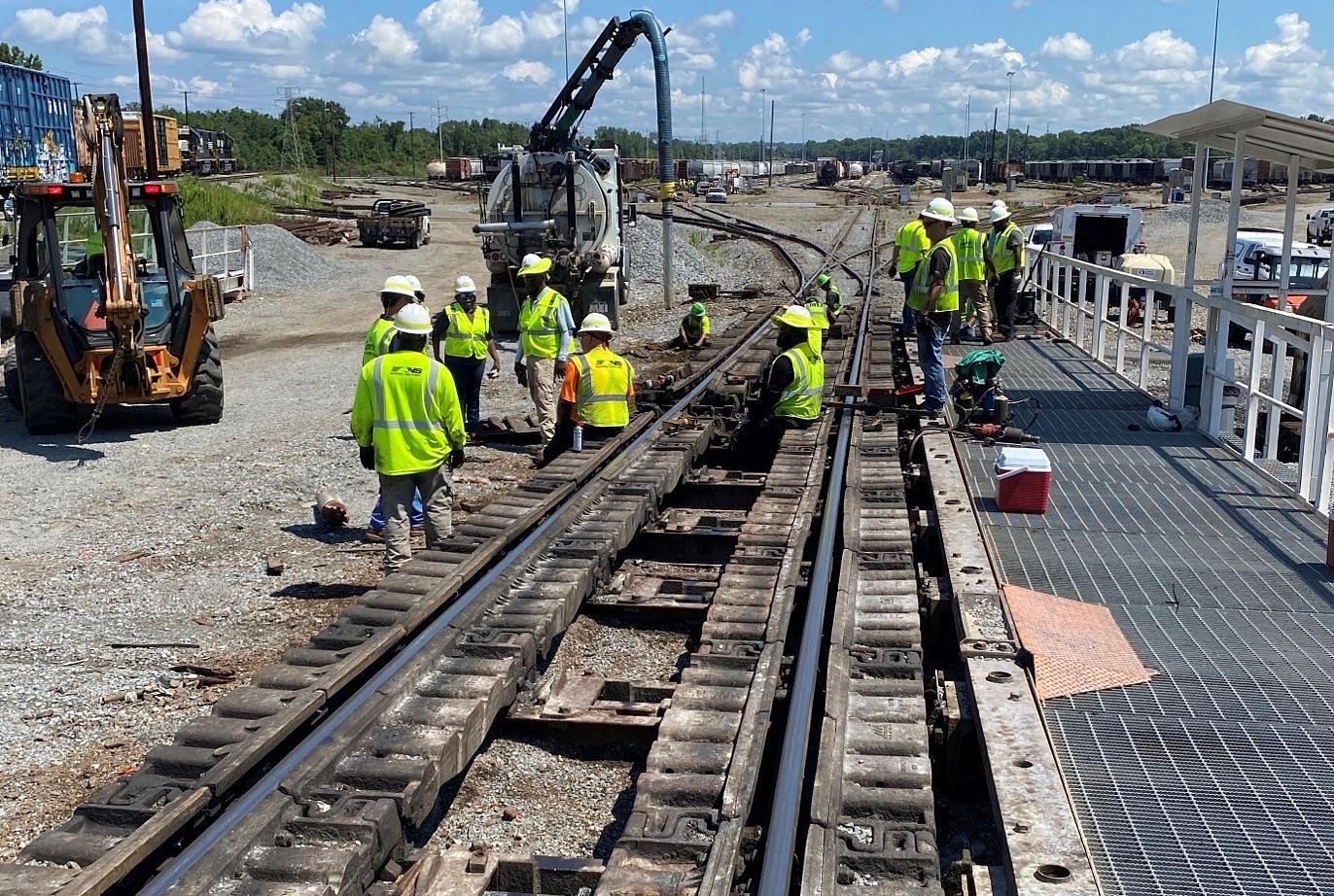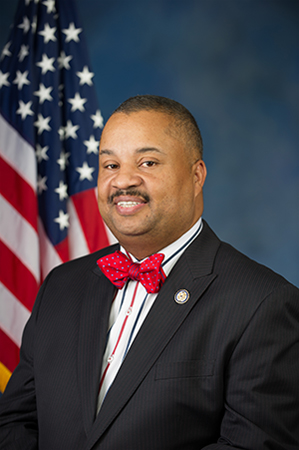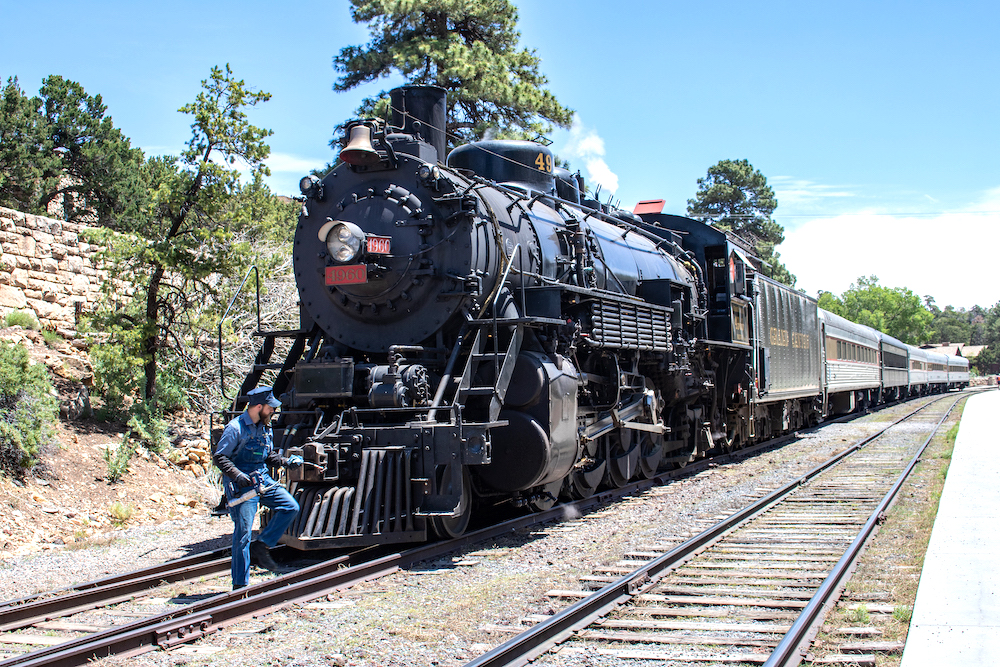An analysis of federal numbers reveals a majority of incidents happened at crossings equipped with either gates or flashing lights. While the data shows no single cause for the uptick in accidents, anecdotally, experts indicate driver behavior, such as distracted driving, may be a leading cause.
A new U.S. Government Accountability Office report backed that view, saying driver behavior was the leading cause of highway-rail grade crossing crashes, adding factors such as train and traffic volume can contribute to the risk of a collision. An earlier study found driver behavior led to 94 percent of crashes at grade crossings. https://rosap.ntl.bts.gov/view/dot/8929
“We know that drivers have more distractions than ever before when they are behind the wheel, but we don’t really know why drivers sometimes make unsafe choices at railroad crossings,” says Jessica Puchala, director of communications and marketing for Operation Lifesaver.
According to numbers from the Federal Railroad Administration, there were 2,120 incidents at the more than 211,000 grade crossings nationwide in 2017. The crashes killed 271 people and injured 836 more.
Key findings from the review show:
● Union Pacific had the most incidents with 378, followed by CSX (344), Norfolk Southern (332), BNSF (261) and Amtrak (153; nearly one-third were in California)
● California had the most grade crossing fatalities (38), followed by Illinois (24), Florida (20), Texas (14), and Indiana (12)
● North Dakota had the highest number of crashes per capita (0.025 per 1,000), followed by Montana, Louisiana, South Dakota, and Mississippi
● Arizona had the most collisions per grade crossing, followed by Florida, California, Louisiana, and New Jersey
“Increased distractions for pedestrians and drivers, such as smartphones and earbuds, may make people vulnerable around tracks and trains,” Puchala says.
While the country has seen an 83-percent decline in collisions at grade crossings since 1972, statistics show the number of crashes has leveled off the last five years, according to Operation Lifesaver.
“Success will require infrastructure improvements,” U.S. Secretary of Transportation Elaine L. Chao said during a recent grade crossing summit. “It will also require new communications tools to get the word out about the dangers at railroad crossings. The communications goal is to change people’s behavior and make them aware of how difficult it is for a train to stop.”
In late 2018, the GAO recommended that the Federal Highway Administration work with the FRA to determine whether states have the flexibility to address current and emerging grade-crossing safety issues.
Federal authorities recognize impatient drivers who drive through or otherwise bypass gates are a leading cause of incidents at grade crossings. FRA officials believe the number of crashes will grow, in part, because of an increase in rail and highway traffic.
“The persistence of crashes and deaths raises questions as to whether improvements could be made to increase the effectiveness of FRA’s rail-safety oversight activities and states’ use of federal grade-crossing safety improvement funds,” the GAO noted in its report.
However, officials said that burdensome federal regulations may be preventing states from using more innovative approaches. As part of this evaluation, the highway administration will determine whether changes to federal programs are needed.
Another issue is how trains are portrayed in movies and children’s books, which often make them seem less dangerous than they are.
“People think of trains as friendly and non-threatening because we become acquainted with them as children in the form of little model trains, and the story of The Little Engine That Could,” says Dr. Carole Lieberman, a psychiatrist and bestselling author. “We’ve all seen movies of damsels in distress tied to train tracks and rescued by romantic heroes who get to them in the nick of time. This makes people believe they, too, can beat a train.”
While removing grade crossings is a surefire way to eliminate crashes, it is cost-prohibitive and unrealistic. Another approach may be found in new vehicle technology, particularly with the introduction of autonomous cars and trucks.
Officials hope such technology will reduce the perils of risky driver behavior at grade crossings. While federal officials have worked on concepts for years, there is no timeframe for when automakers might begin incorporating such connected vehicle technologies and noted that retrofitting older cars with new equipment will likely make this a long-term effort.
“The unfortunate reality is that the majority of grade crossing incidents and deaths are preventable,” says Ted Greener, director of public affairs for the Association of American Railroads. “The further reality is that a freight train cannot be stopped on a dime.
“So the area that holds the most promise in terms of technology rests with mapping with automakers,” Greener added. “Think of it like a car approaching a stop sign trying to cross on to a rural, four-lane highway. It will need to recognize cars before it can proceed. The same could apply for rail crossings, where a car would stop and sense whether it can proceed. Ideally, the tech would also prevent cars from parking on train tracks, putting the car in motion and out of harm’s way when needed.”














As someone who has had plenty of experience with distracted drivers & the results that follow I have one bit of technology that would help. As soon as someone puts their vehicle in gear, the phone automatically becomes disabled. No calls, no texts, no nothing. People will argue that these calls & texts are important, but when investgated afterwards the vast majority of these calls & texts are social not business. In other words, not important.
CHARLES P – Midland? I guess I read “Midland” at the time and my brain said “Amarillo”. So I’ve been wrong these years. Thanks for the correction. I have never been to Texas but even so I should know how to read by now.
Best, C. N. L.
Charles L, It was the UP on the old T&P main line that hit the parade In either Midland or Odessa Texas.
Philip – Yeah, you know, your wrong. You can’t solve a problem caused by tech by increasing the tech,
Maybe some technology that would send a message to cell phones within 100 yards to 1/4 mile that would put a message on the screen and an audio message saying there is a train in the crossing in front of you. PUT THE PHONE DOWN AND PAY ATTENTION. Activated when the gates/lights start activating. However the FCC may say no.
Anthony, I don’t have documentation it was BNSF – that’s my memory, that it was the Southern Transcon.
Small point of correction, I thought it was a UP train that had the tragic accident in Texas with the holiday parade.
Why Mister Charles: I’m hurt – hurt! One might even think you dislike attorneys.
It can be salt proof, spray proof, water proof, explosion proof, fire proof but I positively, absolutely guarantee you, nothing is sailor proof.
The above comments are general in nature and do not form the basis for a shyster/client relationship. They do not constitute legal advice. I am not your mouthpiece. Go find your own goddam ambulance chaser.
Four comments below all go to the same – it’s up to the drivers to put down their cell phones and drive. Smarter and smarter technology just means fewer and fewer people taking responsibility for their own safety and that of their families. More and more tech means more and more people expecting the computer to drive the car for them so they can play games on their phones.
All this tech is just to stave off the tort lawyers until the tort lawyers find a new way to sue the productive, working people.
I’ve posted it before, I’ll post it again: remember the holiday parade hit by a BNSF train in Texas? “The train came out of nowhere,” local authorities stated. No, actually, the train did NOT come out of nowhere. It came down the railroad track. Duh ?????
Morons on their cell phones are a menace to society. They are oblivious to everything around themselves. I have had two confirmed near misses with other cars, and what I mean by a confirmed near miss is that I was so close to the car that almost hit me that I could clearly see the phone in the driver’s hand.
About three years back near here there was an accident near Flint where a young girl was so focused on her phone that she didn’t notice the TRAIN in front of her moving slowly along and ran into it. She was lucky and only had minor injuries. No amount of technology in the world can fix stupid.
One more federal study, funded by federal monies to prove some people are just stupid.
The best technology for improving crossing safety, is put the phone down and pay attention. All the bells and whistles at the crossing are rendered moot without this first and foremost. (They may not even be needed.)
Until doctors can figure out a way to implant common sense into people’s heads who need it; I doubt any technology will work to eliminate grade crossing accidents.